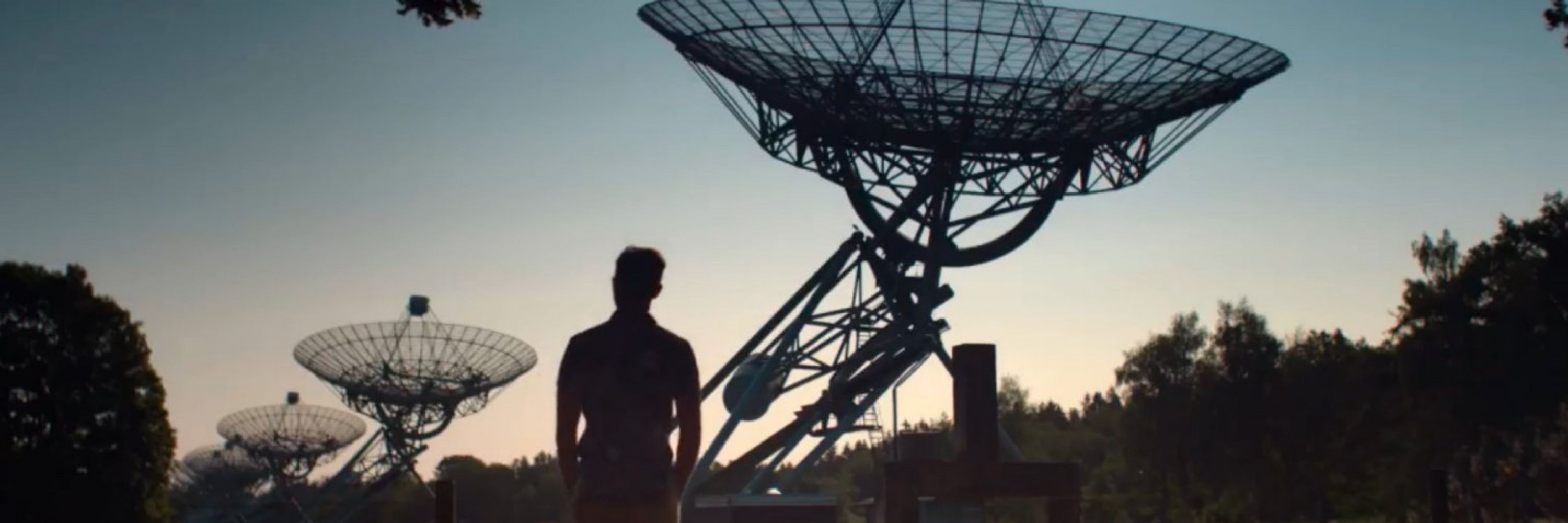
Thanks to my amazing collaborators, especially Cyril Tasse and Philippe Zarka.
🪐 Read more in our paper:
👉 www.nature.com/articles/s41...
🎨 Artwork: Olena Shmahalo / Callingham et al.

Thanks to my amazing collaborators, especially Cyril Tasse and Philippe Zarka.
🪐 Read more in our paper:
👉 www.nature.com/articles/s41...
🎨 Artwork: Olena Shmahalo / Callingham et al.
If a planet were in that star’s habitable zone, its atmosphere would be in serious trouble. 😳🔥
If a planet were in that star’s habitable zone, its atmosphere would be in serious trouble. 😳🔥
That’s where our study comes in. 🎯
That’s where our study comes in. 🎯
Our Sun does this through Coronal Mass Ejections (CMEs), which can trigger brilliant aurorae but also knock out satellites and communications on Earth. ⚡🛰️
Our Sun does this through Coronal Mass Ejections (CMEs), which can trigger brilliant aurorae but also knock out satellites and communications on Earth. ⚡🛰️
We’ve already made incredible progress — discovering thousands of exoplanets, many within the “Habitable Zone,” where liquid water could exist. 💧🌍
We’ve already made incredible progress — discovering thousands of exoplanets, many within the “Habitable Zone,” where liquid water could exist. 💧🌍

